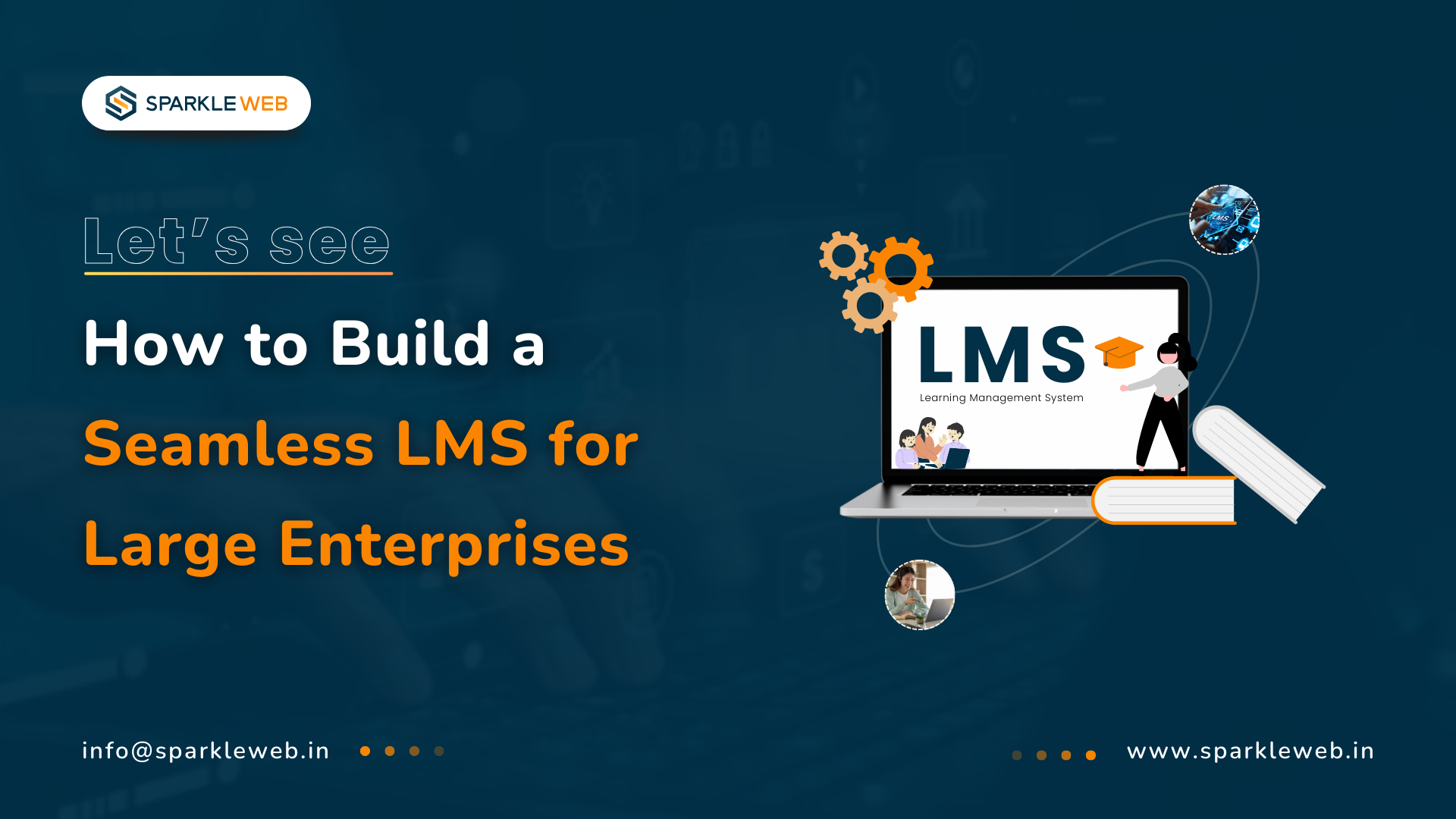1. Cloud-Based Infrastructure for High Availability
Why Cloud Hosting is Important
Benefits of a Cloud-Based LMS:
-
Scalability on Demand: With platforms like AWS, Azure, or Google Cloud, companies can instantly increase or decrease resources based on demand. If more employees need access, the system can scale up automatically.
-
Minimal Downtime: Cloud providers ensure that LMS systems remain available with multiple server locations worldwide. This prevents system crashes or downtime when too many users access the platform.
- Global Accessibility: Employees from different locations can access the LMS without needing complex network configurations. This is essential for international enterprises with teams spread across the globe.
2. Microservices Architecture for Modular Growth
What is Microservices Architecture?
How Microservices Help Scalability:
-
Independent Scaling: Companies can scale specific features (like reporting, authentication, or notifications) without affecting the whole system.
-
Better Performance: Workloads are distributed efficiently, reducing system lag and improving speed.
- Easy Integration: A microservices-based LMS can easily connect with third-party tools like HR systems, CRMs, and analytics platforms.
3. Multi-Tenant Support for Large Organizations
Why Large Enterprises Need Multi-Tenant LMS?
Key Features of Multi-Tenant LMS:
-
Role-Based Access Control: Each department or branch can have its own permissions and user roles, ensuring secure data access.
-
Custom Branding: Different teams or subsidiaries can have their branding and customization, even while using the same LMS platform.
- Centralized Administration: A single dashboard allows the main admin to manage multiple branches, reducing administrative workload.
4. AI-Driven Personalization for Effective Learning
How AI Improves Learning
AI Features in an LMS:
-
Personalized Learning Paths: AI recommends relevant courses based on user behavior and past activities.
-
Predictive Analytics: AI helps measure how effective courses are and suggests improvements.
- Automated Assessments: AI can track employee progress in real-time, making evaluations more efficient.
5. Advanced Security & Compliance for Enterprise Data
Importance of LMS Security
Key Security Features:
-
Data Encryption: LMS platforms should use AES-256 and SSL/TLS encryption to secure user data and communication.
-
Compliance with Regulations: The LMS should meet GDPR, HIPAA, and SOC 2 compliance standards to protect sensitive information.
- Regular Security Audits: Continuous monitoring and access control prevent unauthorized access.
6. Seamless API Integrations with Enterprise Software
Why Integrations Matter
Essential Integrations:
-
HR Management Systems (SAP, Workday, BambooHR): Automates employee onboarding and training assignments.
-
Collaboration Tools (Slack, Microsoft Teams, Zoom): Allows real-time discussions and remote learning sessions.
- Analytics Tools (Google Analytics, Power BI): Provides detailed performance reports to track learning progress.
7. Mobile-First Design for Anytime Learning
The Rise of Mobile Learning
Mobile Learning Features:
-
Responsive UI: Works across desktops, tablets, and smartphones.
-
Offline Learning Mode: Users can download courses and access them without an internet connection.
- Push Notifications & AI Chatbots: Keep employees engaged with real-time updates and support.
8. High-Performance Content Delivery with CDNs
Ensuring a Smooth Learning Experience
Benefits of CDN-Powered LMS:
-
Faster Video Streaming: Reduces buffering and ensures smooth playback.
-
SCORM & xAPI Support: Supports various e-learning content formats.
- Optimized Load Balancing: Prevents system slowdowns during peak hours.
Conclusion
At Sparkle Web, we specialize in building scalable, secure, and high-performance LMS solutions tailored for enterprises. If you need a custom LMS for your business, let’s connect us and build it together!



Dipak Pakhale
A skilled .Net Full Stack Developer with 8+ years of experience. Proficient in Asp.Net, MVC, .Net Core, Blazor, C#, SQL, Angular, Reactjs, and NodeJs. Dedicated to simplifying complex projects with expertise and innovation.
Reply